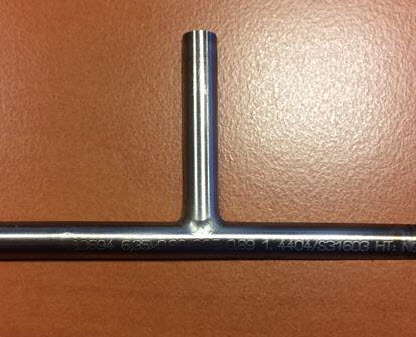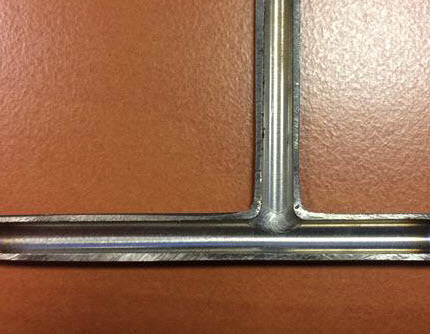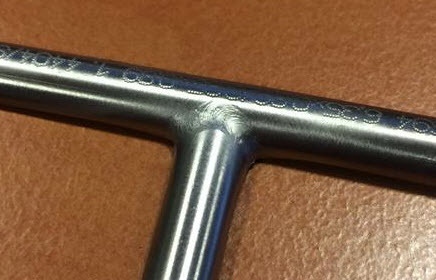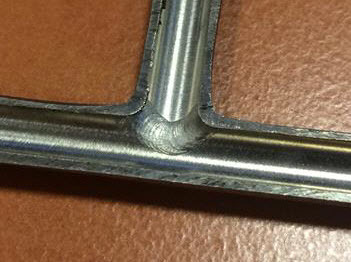We've bought some orbital weld fittings for which I would like to calculate the allowable pressure per B31.3 using para 304.3.3, as the MFR lacks in doing so and I want to know if the fittings can be used for our application.
Area A4 of fig 304.3.3 is (obviously) not present, but due to the design of the fitting Im having trouble to calculate the other applicable 'pressure areas' per this section;
- I believe A1 is not present due to the weld-in design
- Can I assume A2 and A3 to be present?
The fitting under consideration is made of two A269/213 316(L) tubes, 1/4" x 0.035", (machine/auto) welded together as per below pictures:




As per 304.3.1(b)(1) I dont see as of now that this design is not allowed, but figure 304.3.3 makes this design quite tricky for calculation. Or am I missing something?
Area A4 of fig 304.3.3 is (obviously) not present, but due to the design of the fitting Im having trouble to calculate the other applicable 'pressure areas' per this section;
- I believe A1 is not present due to the weld-in design
- Can I assume A2 and A3 to be present?
The fitting under consideration is made of two A269/213 316(L) tubes, 1/4" x 0.035", (machine/auto) welded together as per below pictures:




As per 304.3.1(b)(1) I dont see as of now that this design is not allowed, but figure 304.3.3 makes this design quite tricky for calculation. Or am I missing something?
